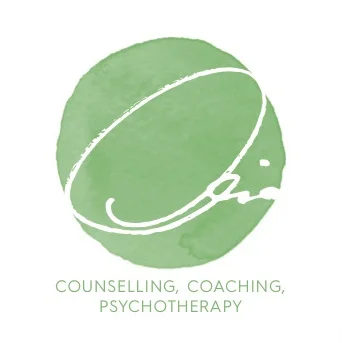We often think of anger as a negative emotion. It can feel dangerous and volatile. It’s uncomfortable, we get hot, our heart rate increases, and blood pressure goes up. We become impulsive and think less rationally; due to restriction of blood flow to the frontal lobes of our brain. As this is the case, there is a chance that the highest part of us will not be in the driver's seat, we may not take the best possible course of action; decreasing our chances of moving in our valued direction in life.
Why is it important?
We need anger and it's valuable as it tells us that there is something wrong in our environment and more specifically that maybe something unjust has happened. Our body and emotions respond to the environment and what is happening around us to let us know that something is not right. This is an amazing capacity that we have, and we should value it. If we did not get angry at injustaice we may never do something about it. It tells us when we need to stand up and fight for what is important, or to be assertive and say no. Anger can motivate us, give us energy, and contribute to our ability to persevere.
As Aristotle said:
"Anybody can become angry - that is easy, but to be angry with the right person and to the right degree and at the right time and for the right purpose, and in the right way - that is not within everybody's power and is not easy."
The skilful expression of anger:
Manage the emotion:
The artful expression of anger can be learned like any skill and like anything, getting good at it just takes practice. For us to choose the best course of action in a non life or death situation we need to have our frontal lobes on line, and this means our pulse should be under 100 beats per minute. Here is a simple guide on measuring your pulse: http://www.medicalnewstoday.com/articles/258118.php
If it is over 100 beats, then this is our indicator that we need to take a minute to do something to calm ourselves down; such as leave the situation, take some deep breaths or distract ourselves*.
Base our course of action on our values:
We want our anger to be an indicator that we need to take action, but we don’t want it in the drivers’ seat. Our values and what is meaningful to us should ultimately guide our choices. If we act aggressively then we are likely to cause more mess, or even get more of what we don’t. Which is not to say that using force is never appropriate.
Be assertive, plan and think through the best course of action:
At this stage we can draw on our communication skills, past experience and even consultation with trusted people. Check in that the course of action that we choose will take us in our desired direction. We might not get it right, but in this instance we can be sure that we brought all of resources to trying, and we can learn from any mistakes. Remember you are not perfect and getting it wrong can sometimes be more valuable to learning than getting it right.
Assess the effectiveness of your action
Did things go as you had planned? What went well? What not so well? What did you learn? How could you do it better/differently next time?
Then let this inform your future actions.
So in this way when we learn to manage our anger and develop skill in the expression of it we will be builing a less chaotic and meaningful life.
* If you have some problems calming down I will be writing a post about that soon. You also have the option of researching techniques yourself, or seeing a counsellor or Psychologist.
Like it? Share it below ...



